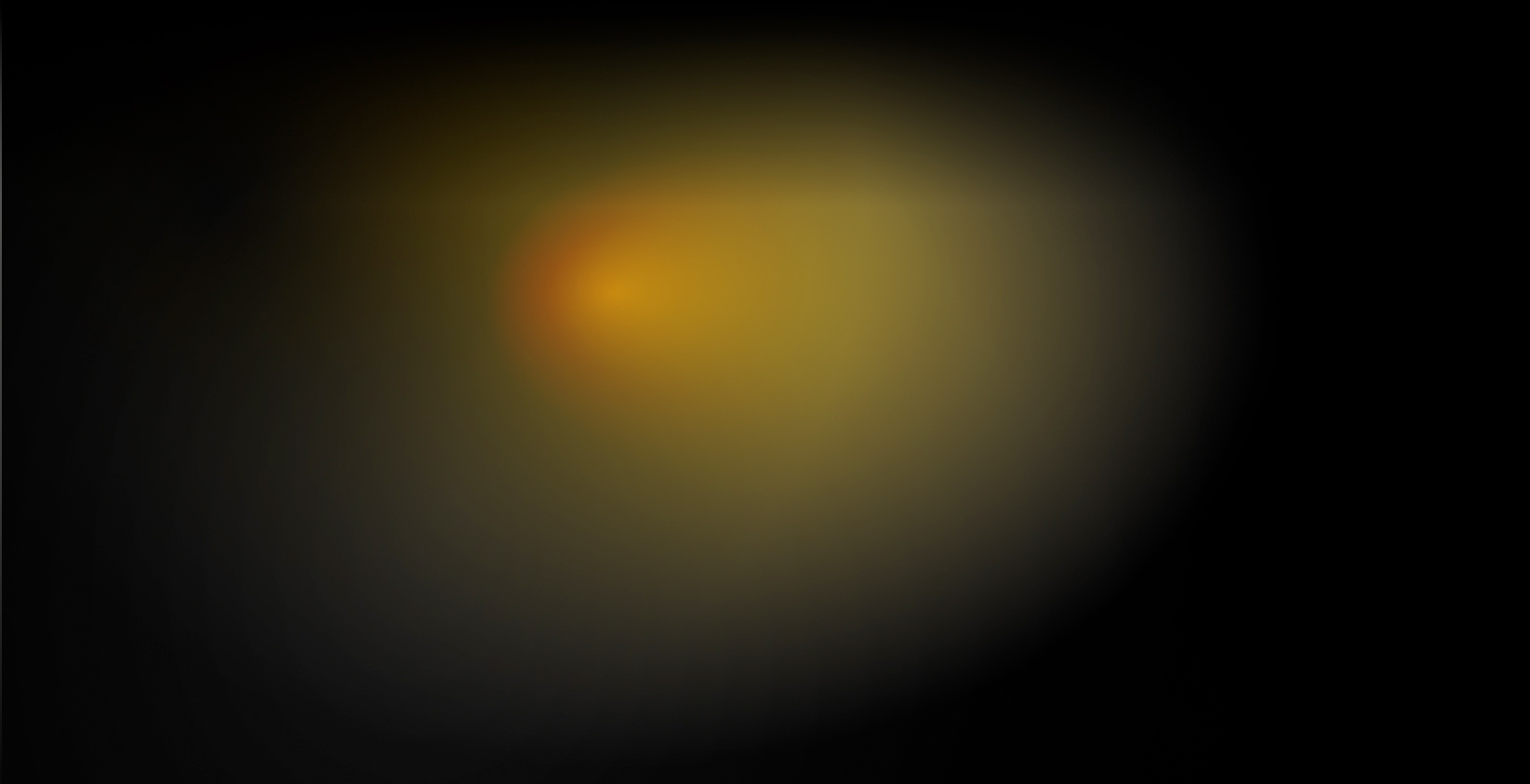Coatings for cold forming and sheet metal deformation
As a result of the stress states and forces involved in cold forming processes, punches, dies and binders are subjected to strong stress. Our solutions are designed to respond to the cold forming critical issues, namely abrasive and adhesive wear.
We provide you with advanced technologies, with which you can obtain decisive results:
Increased resistance to abrasive and adhesive wear
High hardness (2400-3300 HV), chemical inertia and low friction coefficient of the suitably prepared PVD coating allow to reduce abrasion and cold gluing phenomena. As far as hardness is concerned, our HDP RED RM and HDP X7 solutions are the most suitable. To counteract adhesive phenomena, WC/C or Molybdenum Disulfide (MOVIC) are widely used in combination with hard coatings.
Reduction of maintenance costs
The molds and equipment used in blanking or deep drawing are expensive: their life increases considerably when coated. This, together with the reduction of maintenance frequencies, increases productivity and reduces unit costs.
Reduction of the mold release force
Our solutions favor the sliding of the sheet and improve the detachment of the material.
Reduction of scratches on the product
In the field of deep drawing, our coatings make it possible to avoid seizures and consequently flaws on the product.
Better quality of molded products
The shearing effort has negative effects on the edges which lose their initial sharpness over time. Our PVD coatings deposited on punches and dies preserve the cutting edges ensuring a flawless blanking with reduced burrs.
Easier to clean
Thanks to their chemical inertia, our coatings facilitate the maintenance given the ease with which it is possible to remove residues.
Green technology
Our coatings are deposited using a vacuum technique. Reagents and waste products have no environmental impact. As a result, our PVD technology is truly green.
Maximum performance and productivity are achieved through the optimization of the entire processing cycle.
Nitriding and polishing are two accessory processes that can further improve the abrasion resistance and adhesion characteristics of the system.
Ion nitriding
Nitriding, by means of nitrogen diffusion, generates enriched layers that increase wear resistance, surface hardness (700HV) and resistance to thermal fatigue.
Polishing
Polishing or lapping is often essential to facilitate the sliding of the processed material. It’s mainly used in the field of bending where the surface preparation is of great importance. By relying on our specialized unit, you can count on high quality standardized processes to obtain optimal surface roughness values (Ra).
